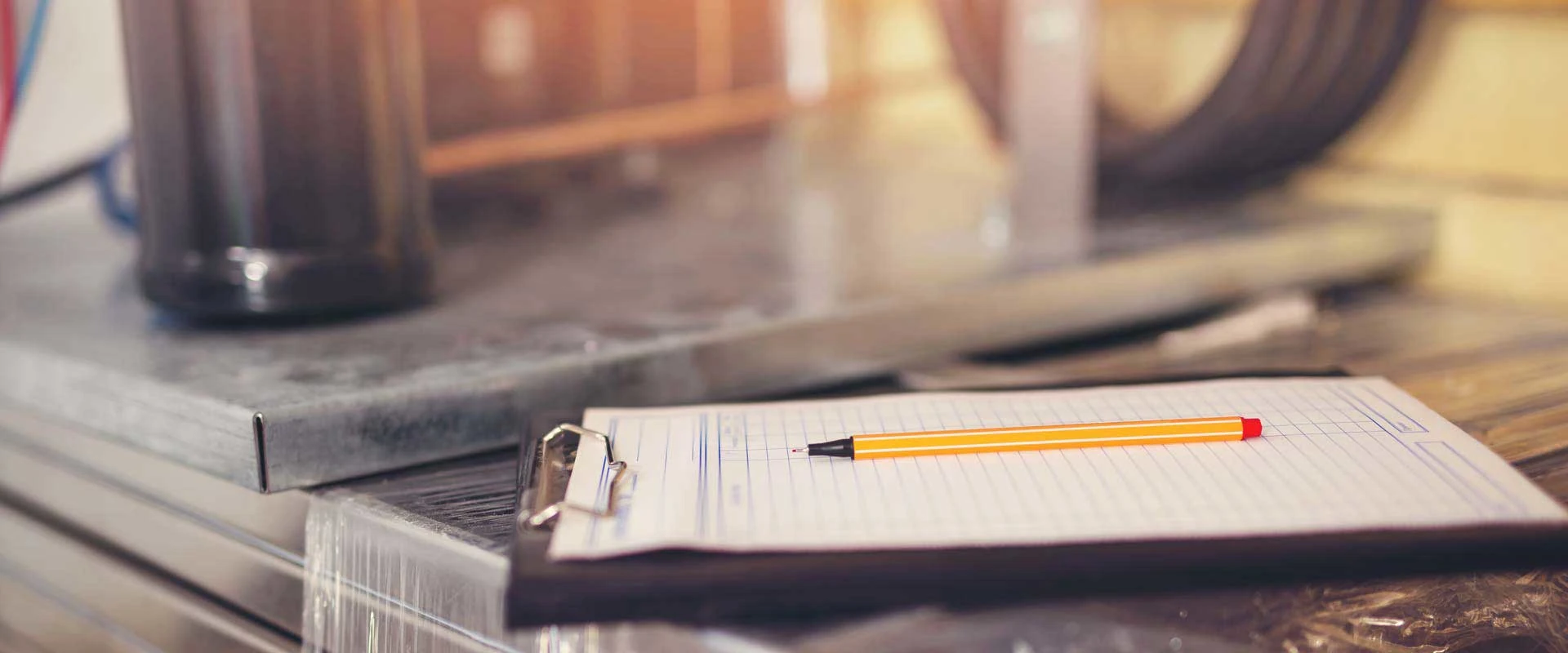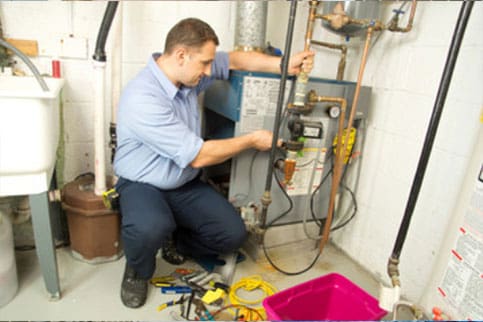Introduction
As temperatures drop in Tucson, ensuring your heating system is functioning efficiently becomes paramount. A well-functioning heating system not only provides comfort but also keeps energy costs down. However, issues can arise unexpectedly, and before you rush to contact a professional for HVAC repair in Tucson, it’s beneficial to troubleshoot the problem yourself. This article will guide you through various steps to diagnose common heating issues, helping you save time and possibly money.
Table of Contents

- Types of Heating Systems How Heating Systems Work
- Unusual Noises Inconsistent Heating
- Check the Thermostat Settings Inspect Air Filters
- Examine Ductwork for Leaks Test the Circuit Breaker
- Recognizing Complex Problems
Understanding Your Heating System
Types of Heating Systems
Before diving HVAC repair in Tucson into troubleshooting, it’s essential to understand the type of heating system you have in your home. The most common types include:
- Furnaces: These systems heat air and distribute it throughout your home via ductwork. Heat Pumps: These units transfer heat from outside to inside during winter months. Boilers: They heat water that is then circulated through radiators or underfloor systems.
Each type operates differently and may require different troubleshooting techniques.
How Heating Systems Work
Heating systems utilize various methods to generate heat, whether by burning fuel, using electricity, or transferring heat from one location to another. Understanding how your specific system works can provide insights into potential problems.
Common Signs of Heating System Issues
Unusual Noises
If your heating system starts making strange sounds—like banging, clanking, or screeching—it’s often a red flag that something is amiss. Each noise can signify different issues:
- Banging: Could indicate loose parts. Squealing: Often a sign of worn-out belts or bearings. Hissing: Might point towards a refrigerant leak in heat pumps.
Inconsistent Heating
Do some rooms feel colder than others? Inconsistent heating can stem from blocked vents or ductwork issues. It’s crucial to address these discrepancies early on.
Basic Troubleshooting Steps
Check the Thermostat Settings
First things first—check your thermostat! A misconfigured thermostat could be the simplest explanation for why your heating isn’t working effectively.
- Ensure the thermostat is set to “heat” mode. Confirm that the temperature setting is higher than the current room temperature.
Inspect Air Filters
Dirty air filters can obstruct airflow and reduce efficiency significantly. As a general rule:
- Replace or clean standard filters every 1-3 months. High-efficiency filters may last up to six months but should still be checked regularly.
Advanced Troubleshooting Techniques
Examine Ductwork for Leaks
Leaky ducts can lead to significant heat loss and increased energy bills. Inspect visible ductwork for any signs of damage or disconnections.
Quick Tip: Use duct tape or mastic sealant on small leaks until you can get professional help.
Test the Circuit Breaker
A tripped circuit breaker could be preventing your heating system from receiving power:
Locate your electrical panel. Check if any breakers are off; flip them back on if needed. If they repeatedly trip, consult an electrician as this indicates a deeper issue.When to Call for Professional Help
Recognizing Complex Problems
Sometimes troubleshooting doesn’t reveal clear solutions. If you’ve gone through basic steps without success, it might be time to call in professionals like Tailored Mechanical for comprehensive HVAC repair in Tucson.
Warning Signs:
- Persistent unusual noises after checks. Major fluctuations in temperature despite settings being correct.
Preventive Measures to Avoid Future Issues
Maintaining your heating system goes beyond just troubleshooting when problems arise; proactive measures can prevent future headaches:
Schedule regular maintenance checks with experts like Tailored Mechanical. Clean air ducts periodically. Invest in smart thermostats that optimize performance based on usage patterns.
FAQs about Heating Systems and HVAC Repair in Tucson
1. How often should I service my heating system?
It’s recommended that you service your heating system at least once a year before winter sets in.
2. What causes my heater to blow cold air?
This could be due to incorrect thermostat settings, dirty filters, or issues with ignition systems.
3. Why is my energy bill suddenly high?
Increased energy bills often correlate with inefficiencies caused by clogged filters or duct leaks.
4. What should I do if my heater smells bad?
Turn off the unit immediately and consult a professional; odors might signal overheating components or burnt wires.
5. Can I troubleshoot my HVAC system myself?
Yes! Many simple issues can be diagnosed without professional help; however, complex problems should always be handled by experts like Tailored Mechanical.
6. How do I know if I need a repair versus replacement?
If repairs cost more than 50% of a new unit's price—or if your unit is over ten years old—it may be time for replacement instead of repairs.
Conclusion
Troubleshooting your heating system before calling for HVAC repair in Tucson makes sense both financially and practically—saving you time while providing insight into how your home operates! By following these guidelines outlined above, you'll not only be able to diagnose potential issues but also maintain optimal performance throughout those chilly months ahead!
Remember that while self-troubleshooting is great, don’t hesitate to reach out for professional help when necessary—experts like Tailored Mechanical are just a call away!
